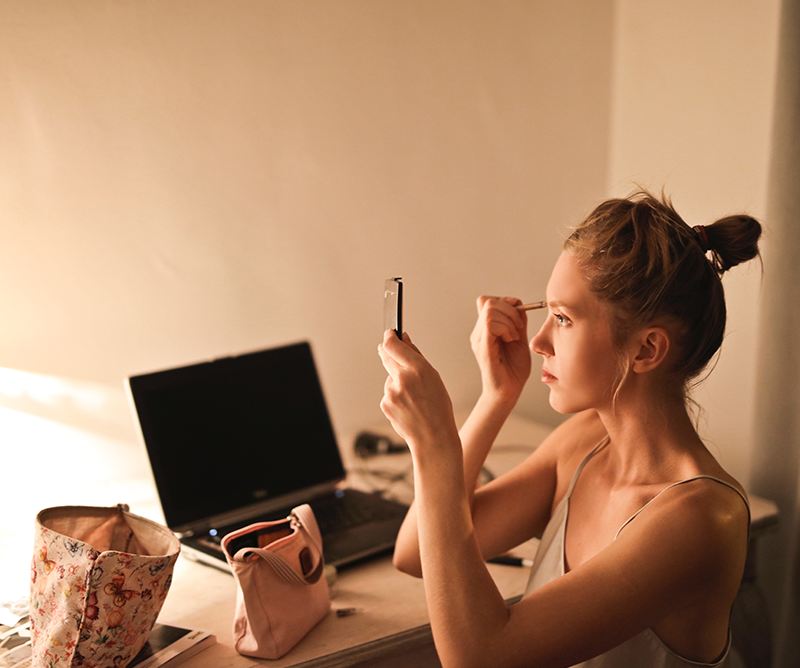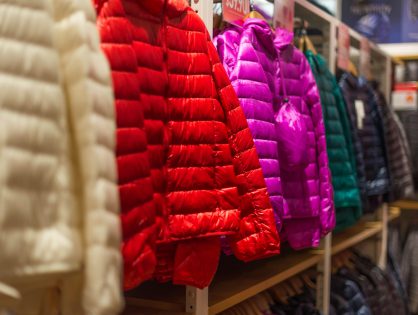They say that beauty is the eye of the beholder. But time and place can deeply influence what the beholder sees. The concept of beauty has changed a lot over history. What was once the standard has not always been so and it is constantly changing. And that is all because of changes in society, like art, fashion, technology and politics.
Beauty in ancient times
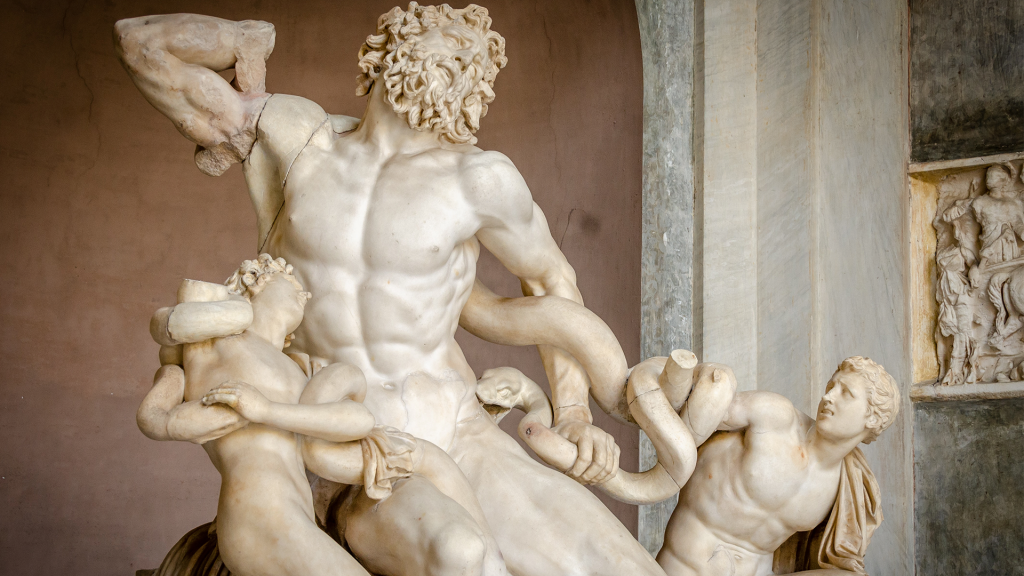
There have always been norms for beauty, even as far back as in Ancient Egypt. They were a vain society that valued symmetrical and slim silhouettes. Younger women were considered the most beautiful. Powerful male figures were sometimes depicted as strong and muscular. Pharaohs, however, usually appeared as old men because of their wisdom.
The Greeks also thought proportionate faces were the most beautiful. They even added some math to it, dividing a face into thirds. To them, the perfect face was two-thirds as wide as it was long. They valued men’s bodies over women’s, and praised them for being young and muscular.
In Ancient China, beauty was all about being small. Women strived for tiny waists and feet, long hair and very pale skin.
A new standard for women
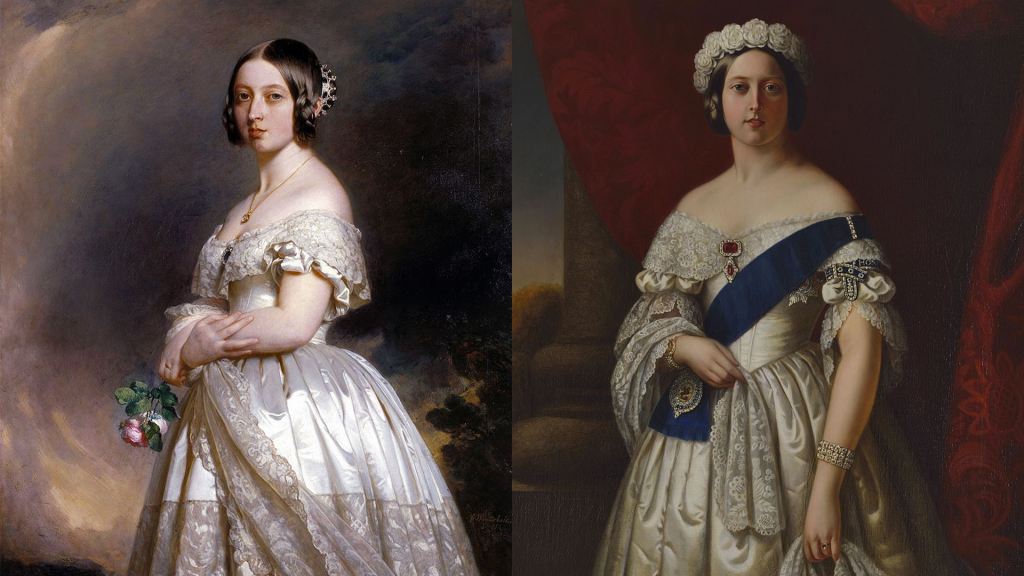
The Renaissance dramatically changed the way people saw politics, art, religion and science after the Middle Ages. The beauty standards changed, especially for women. The ideal Renaissance woman had a curvier and fuller figure, with pale skin and light hair.
Beauty standards were similar during Victorian England, a couple hundred years after the Renaissance. Women longed for some youthful plumpness, but wore corsets to show smaller waists. This also a big time for makeup (though no one could know you were wearing any). However, Queen Victoria herself criticized these “embellishments”. These beauty products had some seriously toxic ingredients. Think lead, mercury, nightshade and ammonia. But women put these things on their bodies anyway, because they wanted to “look beautiful”.
Beauty in the 20th century
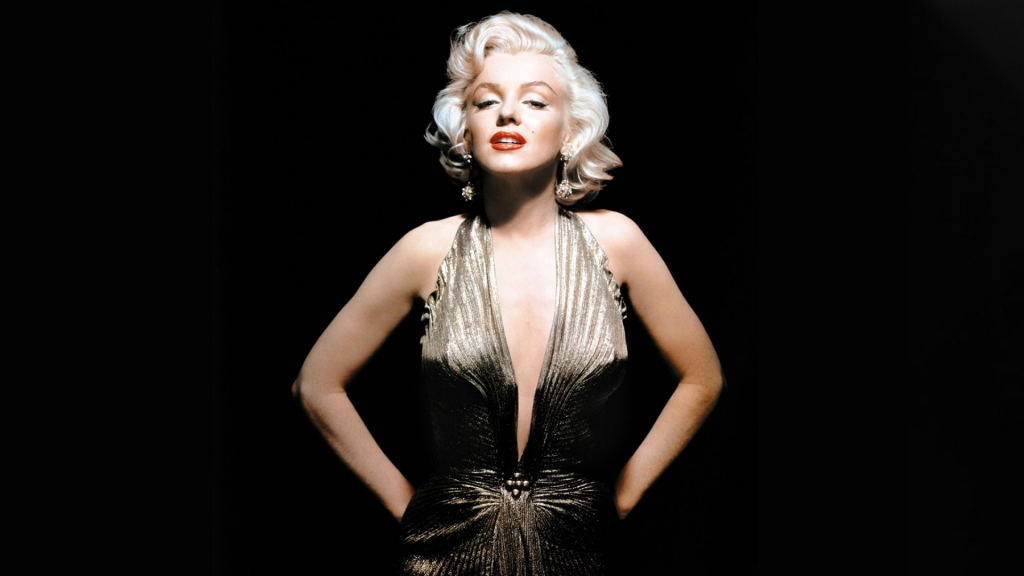
The first major shift in beauty standards of the new century happened in the 1920s. The ideal 20s woman had a short hairstyle, flat chest and less emphasis on her waist. If a feminine look was the norm before, women were now into a somewhat androgynous, squared figure.
But then the 1930s came around and Hollywood starlets brought the hourglass figure back. And this was the standard all through the 40s and 50s. Women wanted to be just like Marilyn Monroe. For their makeup, they usually went with a natural look that highlighted the lips and the eyes.
In the 1960s, the fashion and cultural scene of London heavily influenced the concept of beauty. This revolution came with the recovery of the economy after World War II, which lasted well through the 50s in England. Now, the young, new and modern were in. Jean Shrimpton, one of the very first supermodels, was the symbol of the “Swinging Sixties” look. Thin and long-legged, with high hair and long eyelashes.
The 80s and the 90s
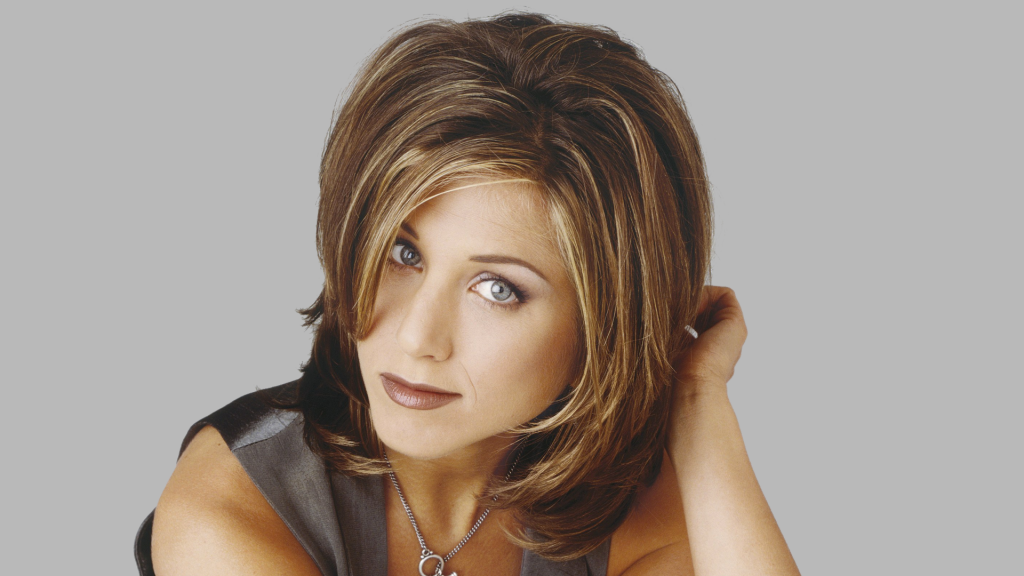
In the 1980s, workout videos all the rage. Of course, that affected the beauty ideal. Since working out was in, women started to long for a more athletic figure. The goal was to be thin and also fit. But this became a cultural obsession, which might be why there was an increase in cases of eating disorders.
The 80s were big for the fashion world, and are considered the beginning of the age of the supermodels. Different ethnicities and racial backgrounds appeared on the media more than ever before. It was also the age of the career-woman, the businesswoman, and dressing for the part was very in style. The top trends were big, squared blazers and shirts with shoulder pads, big hair, over-the-top makeup and bold colors.
Beauty standards for the 90s were very different. Above all, women wanted to truly express themselves as part of a social group. For example, a lot of women wanted to be skinny and pale, inspired by the music scene (and Kate Moss). In fashion, boxy, denim and plaid were in, instead of the polished and ladylike cuts from before. It was the age of overly plucked eyebrows, body glitter and the “Rachel haircut“.
Beauty in the 21st century
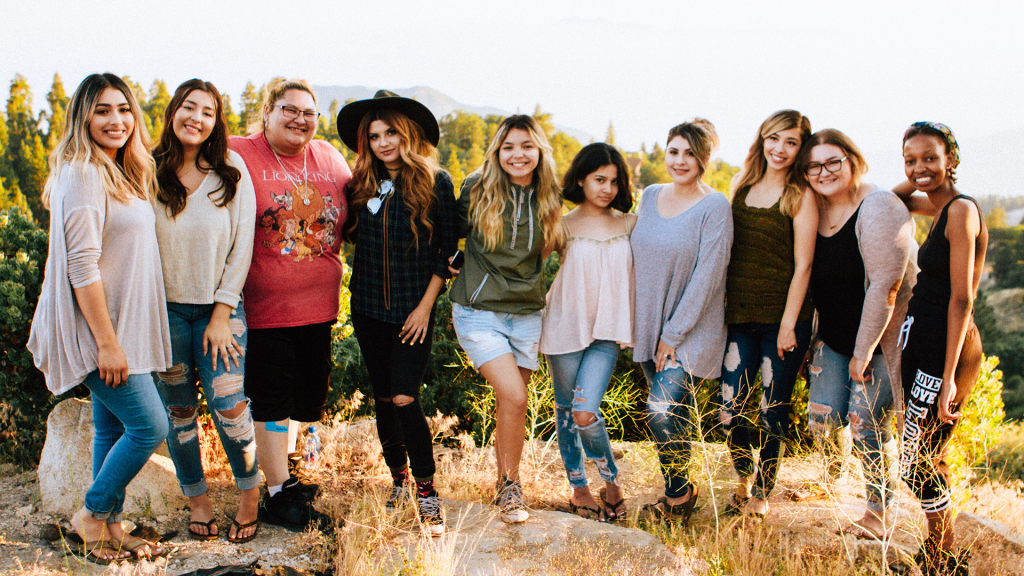
Although we are only 19 years into the 2000s, the concept of beauty has started to change. At first, women look to a more slender look, with big breasts and butt and a flat stomach. This is still pretty much the norm and something women are constantly striving to be. But the thing is, and always has been, that not everybody is able to fit into those standards. In the past few years, especially because of social media, it’s very obvious society is opening up to diversity.
The internet has given “minorities” (racial, ethnic, sexual) a voice. People are fighting against traditional beauty standards in favor of a more truthful representation of society. And so, there is a huge movement promoting body positivity. Women (especially) have been putting being healthy and happy over conforming to an arbitrary “perfect” look. They are talking more openly about struggles with eating disorders, mental disorders and what it means to fit in. There is still a long, long way to go. But, at the very least, we’re going.

